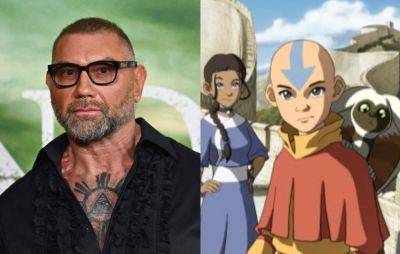Explainer: Good Friday processions in the Philippines
MANILA, Philippines — Every year, the Catholic majority of the Philippines observes Holy Week or Semana Santa to mark the crucifixion and death of Jesus Christ and his resurrection on Easter Sunday.
The Holy Week starts on Palm Sunday, a time when Catholics have their palm fronds blessed in Mass. These fronds will be on display on their front doors, signifying that Jesus Christ is welcome in their homes. They will remain pinned or hanged until the next Palm Sunday occurs.
By Good Friday, numerous processions are being held nationwide as statues or images depicting the Way of the Cross are paraded.
These statues are often life-sized and placed on well-lit and decorated carriages.
As previously mentioned, numerous images of Jesus Christ — some of them depicted him already in death — and other figures involved in the Stations of the Cross like Mother Mary and the Apostle John.
The Good Friday processions in Baliwag, Bulacan is considered to be the longest Lenten procession in the country as over a hundred carriages are paraded through the streets.
This year's Good Friday procession of the Black Nazarene image in Manila saw three-quarters of a million people take part in a procession that lasted about 10 hours.
In Cainta, Rizal residents in costumes took the place of images and statues going around the municipality.
RELATED: Philippines observes Good Friday with crucifixions and whippings







